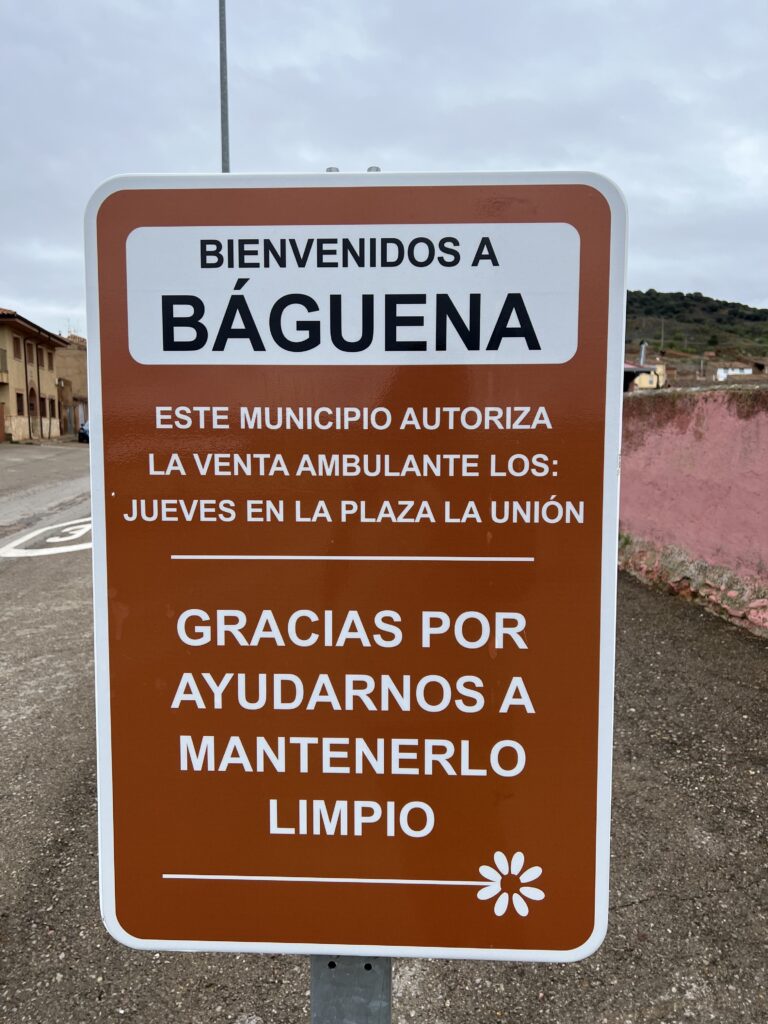Since the surname is not very common in Sóller, it does not appear much in the records. Therefore, I was surprised when I came across this article about Joan Martínez de Otero. It talks about Joan and his descendants in Sóller and the land he possessed in the town. I have not fully read the article yet since I want to read it before heading back to Mallorca for research, but glancing it over I was able to identify that Joan Martínez de Otero according to a testament when he left in 1558 with the notary Pere Nassut, mentions that he was a native of “Vaguena” from the kingdom of Aragon.
Joan Martínez de Otero went on to marry Joana Castanyer with whom he had various children and one of them is of interest to me: Nicolau Martínez.
Though I have not yet fully connected myself to this ancestor, I think it is very probable that I descend from one of Joan Martínez de Otero’s children given the scant use of Martínez in the town.
Currently, I have my ancestor traced to Pere Joan Martínez son of Nicolau Martínez. Pere Joan married the 31 October 1627 to Catalina Bauçà. This would mean that Pere Joan would have had to have been born before 1609 leaving his father Nicolau Martínez to have been born about the mid 1570s or possibly early.
We know that Joan Martínez de Otero died the 16 May 1563 so it very possible that my Nicolau was his son or even his grandson depending on the years. Pere Joan Martínez was my 11th great-grandfather and his son Nicolau Martínez my 12th great-grandfather. This puts Joan Martínez de Otero in the range of 13th-14th great-grandfather, if my theory is correct. Returning to Mallorca and continuing my research in the Arxiu Diocesà is what would help clear this up!

